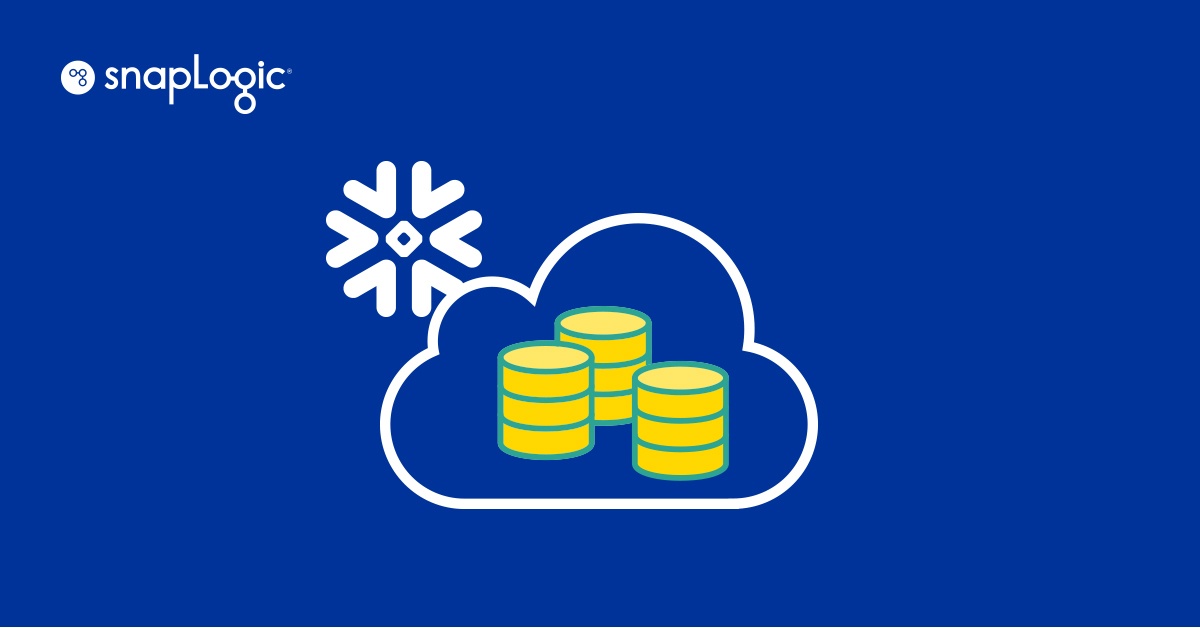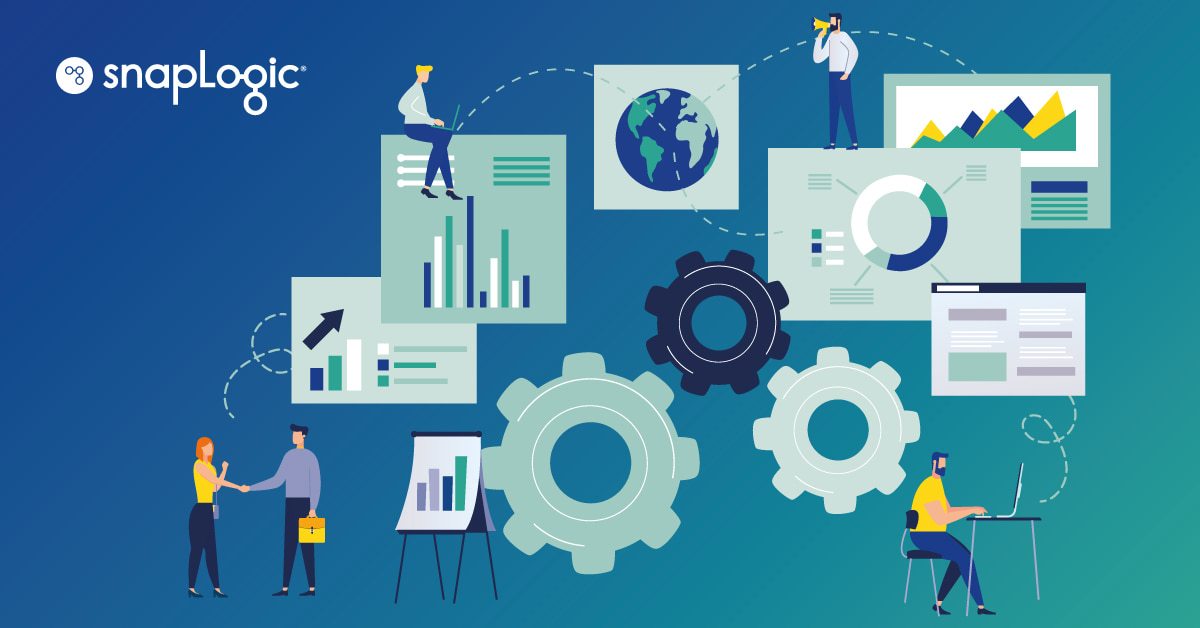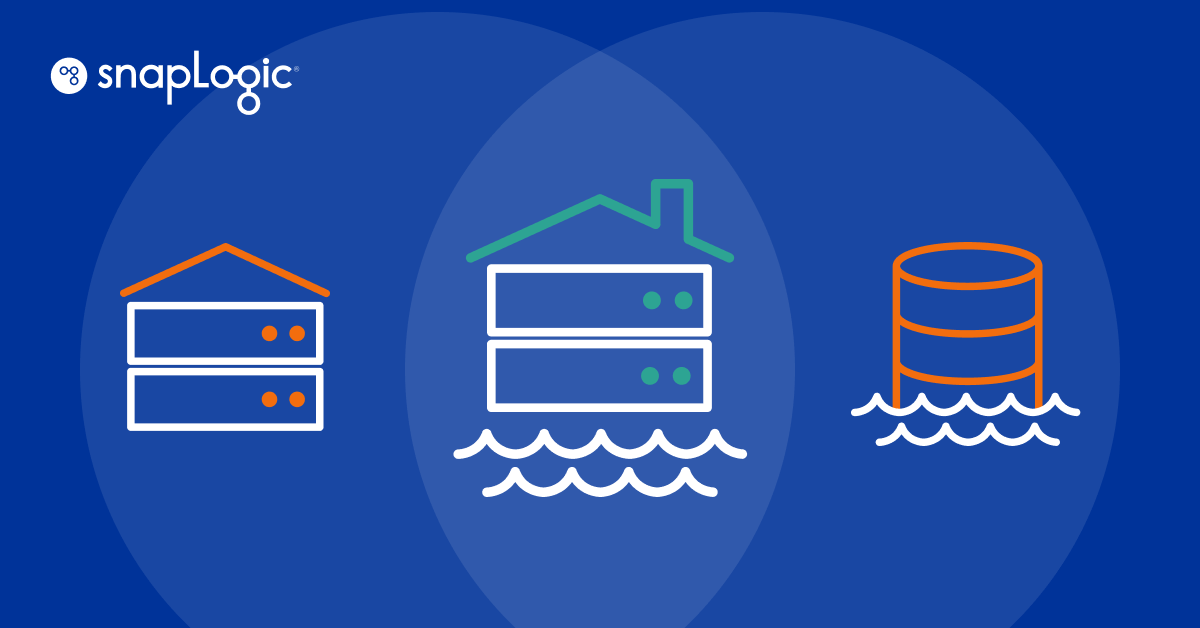McKinsey predicts that employees across organizations will leverage data in every process, decision, and interaction at work by 2025.
For that to happen, organizations will need efficient data architecture where structured data is readily available for analysis. While the architecture will vary for each organization, it will have one thing in common — a central repository for large volumes of structured data, also known as a data warehouse.
With a data warehouse, data comes in through internal and external sources via ETL processes and is used by data analysts to improve business processes and decision-making. You can use a custom-built data warehouse and store it on-premises. Or you can use a cloud-based warehouse such as Snowflake.
Let’s look into Snowflake, what it can do for you, and why you need a data warehouse in general.
What Is Snowflake?
Snowflake is a cloud-based data platform that offers data warehousing as its core service. Every Snowflake customer gains access to a dedicated virtual warehouse, which they build based on their storage and processing needs. After that, they migrate their data to the warehouse and implement a new data architecture, which results in all data pipelines leading to the central data repository.
To use Snowflake, all you have to do is sign up for a pay-as-you-go plan, configure your virtual warehouse as per your requirements, and start migrating data to your new warehouse. It can be deployed in a matter of minutes.
Some of the features of the Snowflake data warehouse include:
- Scalability – Snowflake uses massively parallel processing (MPP) architecture, which distributes data across a cluster of independently running machines. This allows the warehouse to scale as needed, multiple times a day. When you have multiple users batch processing or stream processing large volumes of data simultaneously, the platform scales out and dedicates additional resources to you. It scales back down automatically afterward.
- Built-in security features – There are several security measures built into the platform, such as multi-factor authentication for all users, end-to-end encryption of data, and IP whitelisting.
- Multi-cloud deployment – The warehouse can be deployed on AWS, Azure, and Google Cloud.
- Automated software upgrades – Software upgrades to the platform are deployed automatically, so you don’t have to worry about the platform becoming dated and incompatible with the latest tools in your ecosystem.
- The Snowflake Marketplace – Besides storage and computing, the Snowflake platform also gives you access to data and applications that you can purchase through its marketplace. For example, if you need access to historical job listing data from public and private companies, you can simply purchase it from the listings in the HR section of the marketplace.
As for language, Snowflake supports structured query language (SQL). It also supports semi-structured data in JSON and other formats.
Advantages of Using a Data Warehouse
Cloud-based or on-premises, a data warehouse is a core component of any organization’s data architecture. While you can have multiple data pipelines and an entire data ecosystem without a warehouse, you shouldn’t, because you’ll miss out on the following advantages:
Better Control Over Data Quality
Data warehouses use specific schemas to store data in a structured format — meaning, data has to go through a schema-on-write process that removes unstructured, incomplete, or duplicated data. This filtering gives teams high-quality data that they can use to make informed decisions.
You can either build quality checks in your data warehouse or use its native features (such as those in Snowflake) to make sure incomplete or inaccurate data doesn’t make the cut. For example, you can define rules that say any email record that doesn’t contain the ‘@’ symbol or any product information without the product ID is rejected.
Centralizing Historical Data
When you don’t use a data warehouse, you still generate and store historical data. But that data is stored in multiple databases and scattered across your tech ecosystem.
If analysts have to collect information from multiple databases, there’s an increased chance of human error and inaccurate analysis. What if they miss some datasets or there are duplicate data present in multiple silos?
With a data warehouse, you gain access to all historical data in one place. That’s because all the data generated in your organization is ideally stored in your warehouse.
Consider Netflix. The streaming platform performs predictive analytics on historical data and recommends different shows to every user. The algorithm used takes the user’s search history, watch history, location, demographic, and other factors into account.
If this information is scattered in multiple isolated databases across their organization, it would be next to impossible for Netflix to make content recommendations based on user activity. The company’s data warehouse gives it access to all user data in one place, making it possible to analyze behavior and make personalized recommendations to each user.
Data Compliance
When deploying your warehouse, it is standard practice to set data quality rules and define user groups. This data architecture organization gives you control over your data pipelines, resulting in improved compliance.
Let’s say you need to comply with CCPA. One of the requirements to comply with CCPA is to map all consumer data under your control. You have to have a thorough record of:
- The consumer information you collect.
- How you collect it.
- How you store it.
- Where you store it.
- Who you share it with.
- Why you share it with external stakeholders (if applicable).
Without a data warehouse, finding the above information would be difficult. You would need to search through multiple databases, some shared with third parties, and maintain thorough records of who has access to what. With a data warehouse, you can show the governing bodies exactly where and how you store the information and who has access to it.
The Snowflake data warehouse comes with native features that make it easier for you to become compliant with multiple regulations, including HIPAA, FedRAMP, and SOC 1 and SOC 2.
Use SnapLogic’s Snowflake Connector To Make the Most Out of Your Data Warehouse
Snowflake gives you access to a dedicated virtual data warehouse. But to get data from multiple sources into that warehouse, you need an integration platform.
An iPaaS like SnapLogic will help you integrate internal and external data sources with your cloud-based data warehouse and make sure you have all the relevant data you need for analysis. No matter how complex your data architecture is, an integration platform can help all your applications and databases talk to each other, manage your ETL processes, and make sure your data makes it to your data warehouse.
SnapLogic offers pre-built Snowflake connectors to help you deploy your cloud-based warehouse with ease. Download the data sheet to learn more.











